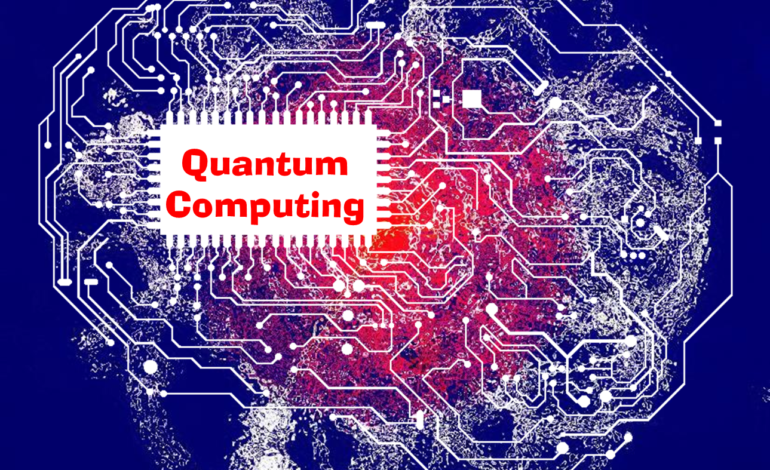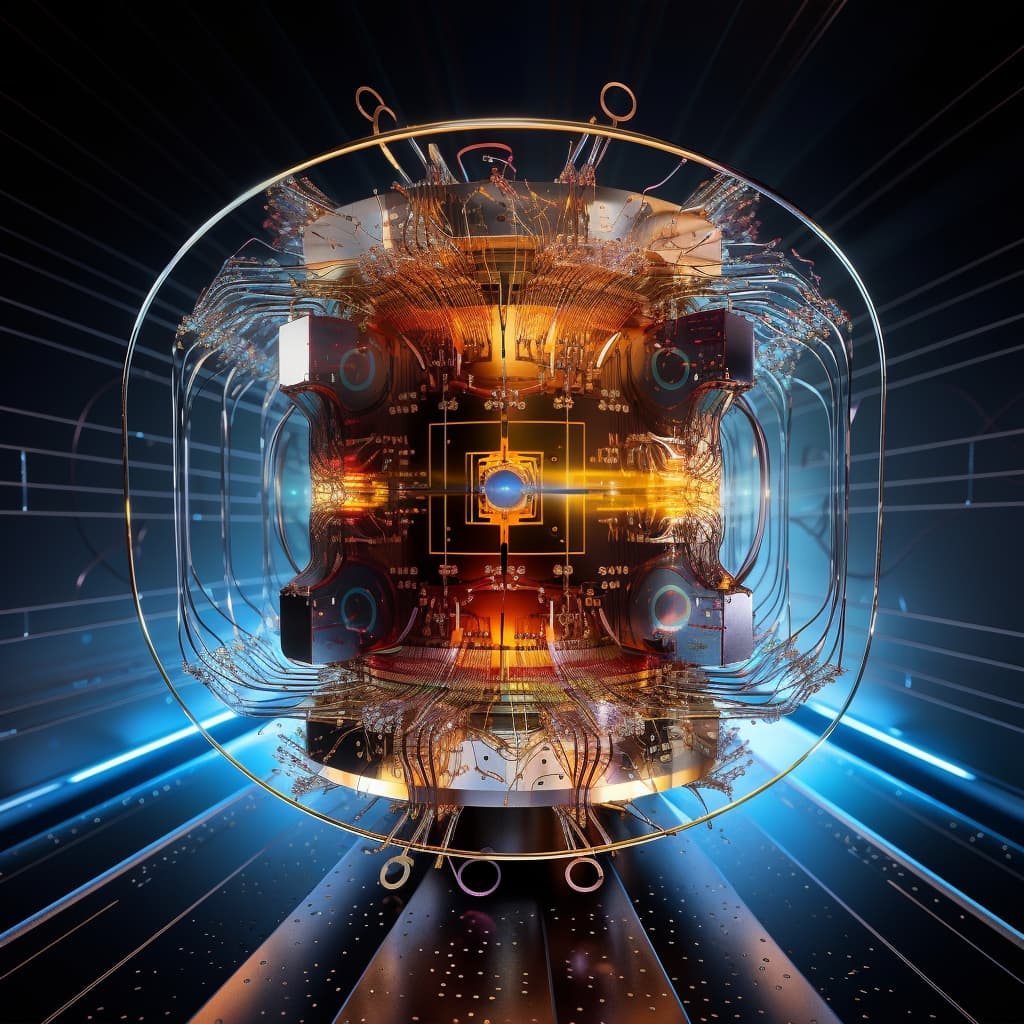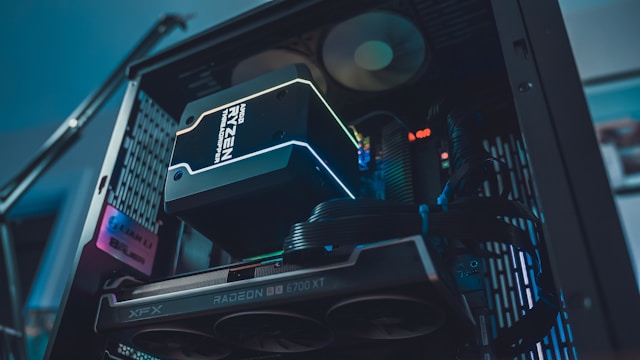Quantum Computing Explained

Quantum Computing: From Theory to Reality – A Layman’s Guide
Quantum computing. The very words conjure images of futuristic technology, complex equations, and perhaps even a bit of mystery. It’s been hailed as the next revolution in computing, promising breakthroughs across fields from medicine and materials science to finance and artificial intelligence. But what *is* quantum computing? And why all the hype?
This guide aims to demystify quantum computing for the non-expert. We’ll explore the fundamental concepts, explain how it differs from classical computers, discuss current progress, and look at potential future applications – all without drowning in mathematical jargon.
The Classical Computer: Bits and Logic
Before we dive into the quantum realm, let’s quickly recap how a traditional computer works. Your laptop, smartphone, and practically every device you use daily are based on classical computing principles. These computers store information as bits, which represent either a 0 or a 1. Think of it like a light switch: it’s either off (0) or on (1). Complex operations – everything from displaying this blog post to running sophisticated software – are built by manipulating these bits using logic gates that perform mathematical functions.
These classical computers are incredibly powerful, and they’ve brought about incredible advancements. However, they face limitations when tackling certain types of problems – particularly those involving massive datasets or complex simulations.
Enter Quantum Computing: Qubits and Superposition
This is where quantum computing steps in. It leverages the principles of quantum mechanics—the physics that governs the behavior of atoms and subatomic particles—to perform calculations in a fundamentally different way.

Instead of bits, quantum computers use qubits. Here’s the crucial difference: a qubit can exist not only as a 0 or a 1 but also in a superposition of both states simultaneously. Imagine our light switch again; instead of just being on or off, it could be *partially* on and *partially* off at the same time.
This superposition is what gives quantum computers their potential power. Instead of exploring one possibility at a time like a classical computer, a quantum computer can explore many possibilities concurrently. Think of it as searching for a single grain of sand on a beach – a classical computer would look at each grain individually, while a quantum computer could examine them all simultaneously.
Entanglement: A Spooky Connection
Another key concept is entanglement. When two qubits are entangled, their fates become intertwined regardless of the distance separating them. If you measure the state of one entangled qubit, you instantly know the state of the other—even if they’re light-years apart! Einstein famously called this “spooky action at a distance.”
Entanglement allows quantum computers to perform calculations in ways impossible for classical machines.
How Does It All Work? Algorithms and Quantum Gates
Just like classical computers need programs, so do quantum computers. These programs are called quantum algorithms. Quantum algorithms leverage superposition and entanglement to solve specific problems faster than their classical counterparts. A famous example is Shor’s algorithm, which can efficiently factor large numbers – a task that would take even the most powerful supercomputers centuries.
The basic building blocks of quantum computation are quantum gates. These are analogous to logic gates in classical computing but operate on qubits and manipulate their states based on quantum mechanical principles. Different combinations of these gates create complex algorithms.
Current State of Quantum Computing: Still Early Days
While the potential is immense, quantum computing is still in its early stages of development. Building and maintaining stable qubits is incredibly challenging. Qubits are extremely sensitive to environmental noise (vibrations, temperature fluctuations, electromagnetic radiation), which can cause errors – a phenomenon known as decoherence.
Different technologies are being explored for building qubits, including:
- Superconducting Circuits: Currently the leading approach. Companies like Google and IBM are using superconducting circuits to build quantum processors.
- Trapped Ions: Uses individual ions held in place by electromagnetic fields. This approach boasts high qubit fidelity but is more complex to scale up.
- Photonic Qubits: Uses photons (particles of light) as qubits. Offers potential advantages for communication and scalability.
- Topological Qubits: Considered a potentially very stable type of qubit, but still in early research stages.
Currently, we have what are called “noisy intermediate-scale quantum” (NISQ) computers. These devices have limited numbers of qubits and are prone to errors, but they’re already being used for experimentation and proof-of-concept demonstrations.
Potential Applications: A Glimpse into the Future
The potential applications of quantum computing are vast and transformative:
- Drug Discovery & Materials Science: Simulating molecules with unprecedented accuracy could lead to the design of new drugs, materials (like superconductors), and catalysts.
- Financial Modeling: Quantum computers can optimize investment portfolios, detect fraud, and price complex financial derivatives more effectively.
- Cryptography: While quantum computers pose a threat to current encryption methods (Shor’s algorithm!), they also offer the potential for developing new, quantum-resistant cryptographic systems.
- Artificial Intelligence & Machine Learning: Quantum machine learning algorithms could accelerate training and improve the performance of AI models.
- Optimization Problems: Many real-world problems involve finding the best solution from a vast number of possibilities (e.g., logistics, scheduling). Quantum computers can tackle these optimization challenges more efficiently.
Challenges and Outlook
Despite the excitement, several hurdles remain before quantum computing becomes widely available:
- Scalability: Building quantum computers with a large number of stable qubits remains a significant challenge.
- Error Correction: Developing robust error correction techniques is crucial for reliable computation.
- Algorithm Development: More quantum algorithms need to be developed to solve specific problems.
- Accessibility: Quantum computing resources are currently expensive and require specialized expertise.
However, significant progress is being made on all these fronts. The next decade promises exciting advancements in quantum hardware, software, and algorithm development. While a universal, fault-tolerant quantum computer capable of solving any problem remains some years away, we’re already witnessing the dawn of the quantum era – an era that could reshape technology and society as we know it.
Further Reading: Explore resources from IBM Quantum, Google AI Quantum, and various academic publications to delve deeper into this fascinating field.



